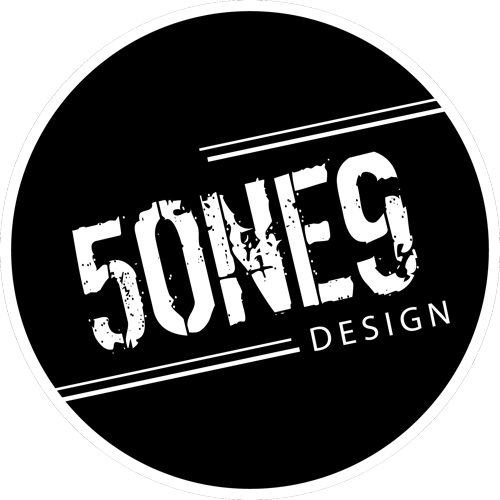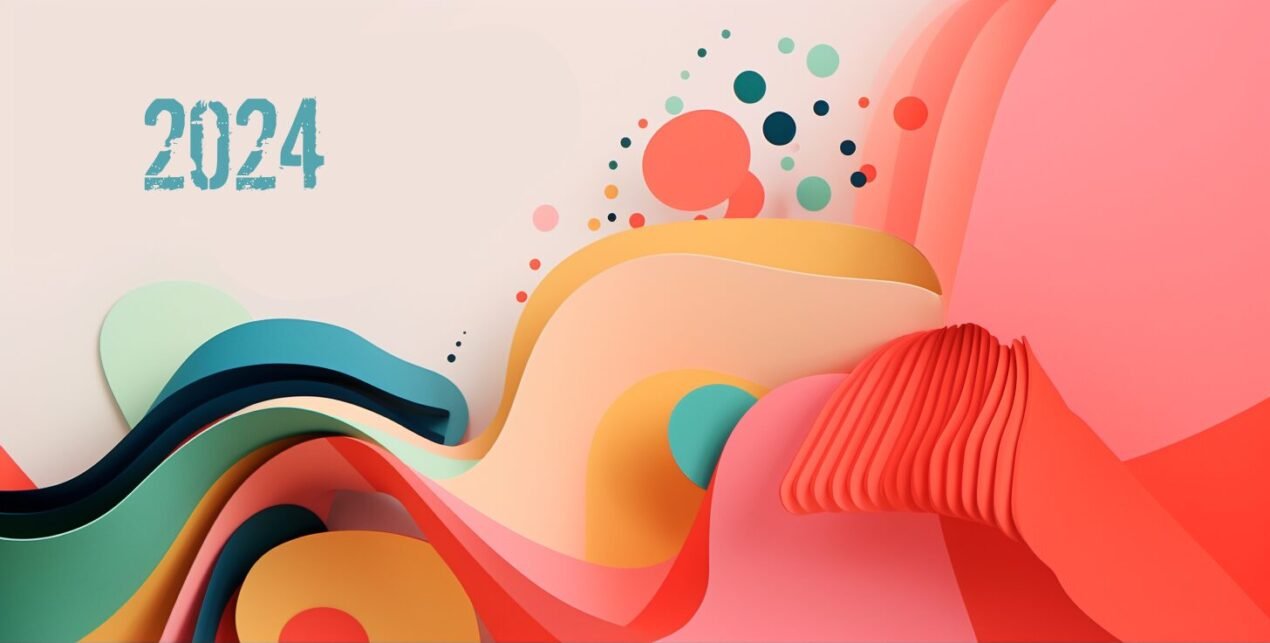The web design landscape is constantly evolving, and as we move into 2024, several emerging trends are set to redefine the digital experience. These trends not only enhance the visual appeal of websites but also improve user engagement and accessibility. Here’s a look at some key trends that are shaping the future of web design.
1. Minimalist Navigation
In 2024, simplicity reigns supreme with minimalist navigation becoming increasingly popular. This trend focuses on reducing the site’s navigation to its bare essentials, making it easier for users to find what they’re looking for without the clutter. It emphasizes clean lines, unobtrusive menus, and a focus on essential content, leading to a more streamlined user experience.
2. Dark Mode Design
Dark mode has been gaining popularity for its aesthetic appeal and reduced eye strain, and it’s becoming a standard feature in web design. Websites are incorporating dark mode options, allowing users to switch according to their preference. This not only enhances user comfort but also opens new avenues for creative design contrasts and color schemes.
3. Advanced Micro-Interactions
Micro-interactions are small, functional animations that enhance a user’s interaction with a website. In 2024, these are becoming more sophisticated, offering users feedback in real-time and making the web experience more engaging and intuitive. From button animations to scroll-triggered effects, advanced micro-interactions provide a dynamic interface that brings websites to life.
4. Immersive Full-Page Headers
Full-page headers are evolving into immersive experiences, often incorporating video, dynamic images, or interactive elements that occupy the entire screen. This trend makes a bold first impression, drawing users in with compelling visual storytelling or interactive experiences right from the start.
5. Voice-Activated Interfaces
As voice recognition technology becomes more advanced, voice-activated interfaces are making their way into web design. This trend caters to accessibility and ease of use, allowing users to navigate, search, and interact with websites through voice commands. It represents a shift towards more natural interaction modes, reflecting the growing integration of digital experiences into everyday life.
6. Augmented Reality Experiences
Augmented reality (AR) is moving from niche to mainstream in web design, offering unique ways to engage users. From virtual try-ons to interactive 3D models, AR can transform the online shopping experience and make educational content more immersive. This trend leverages the power of modern browsers and devices to blend digital and physical realities, enhancing the user’s engagement with the website.
7. Ethical and Inclusive Design
In 2024, ethical considerations and inclusivity are becoming central to web design practices. This trend focuses on creating websites that are accessible to all users, including those with disabilities, and ensuring that design decisions do not inadvertently exclude or discriminate against certain groups of users. It reflects a broader commitment to social responsibility in the digital domain.
8. AI-Powered Personalization
Artificial intelligence (AI) is enabling more personalized web experiences, with websites adapting content, layout, and interactions based on user behavior and preferences. This trend allows for a more tailored browsing experience, increasing relevance and engagement for users. AI-driven design tools are also emerging, assisting designers in creating more effective and user-focused websites.
As we look towards the future, these trends highlight a shift towards more personalized, engaging, and accessible web experiences. The focus is on leveraging technology not just for aesthetic appeal, but to create meaningful interactions that resonate with users on a deeper level. As web design continues to evolve, staying abreast of these trends will be crucial for designers looking to create cutting-edge websites that stand out in the digital landscape.





Sorry, the comment form is closed at this time.